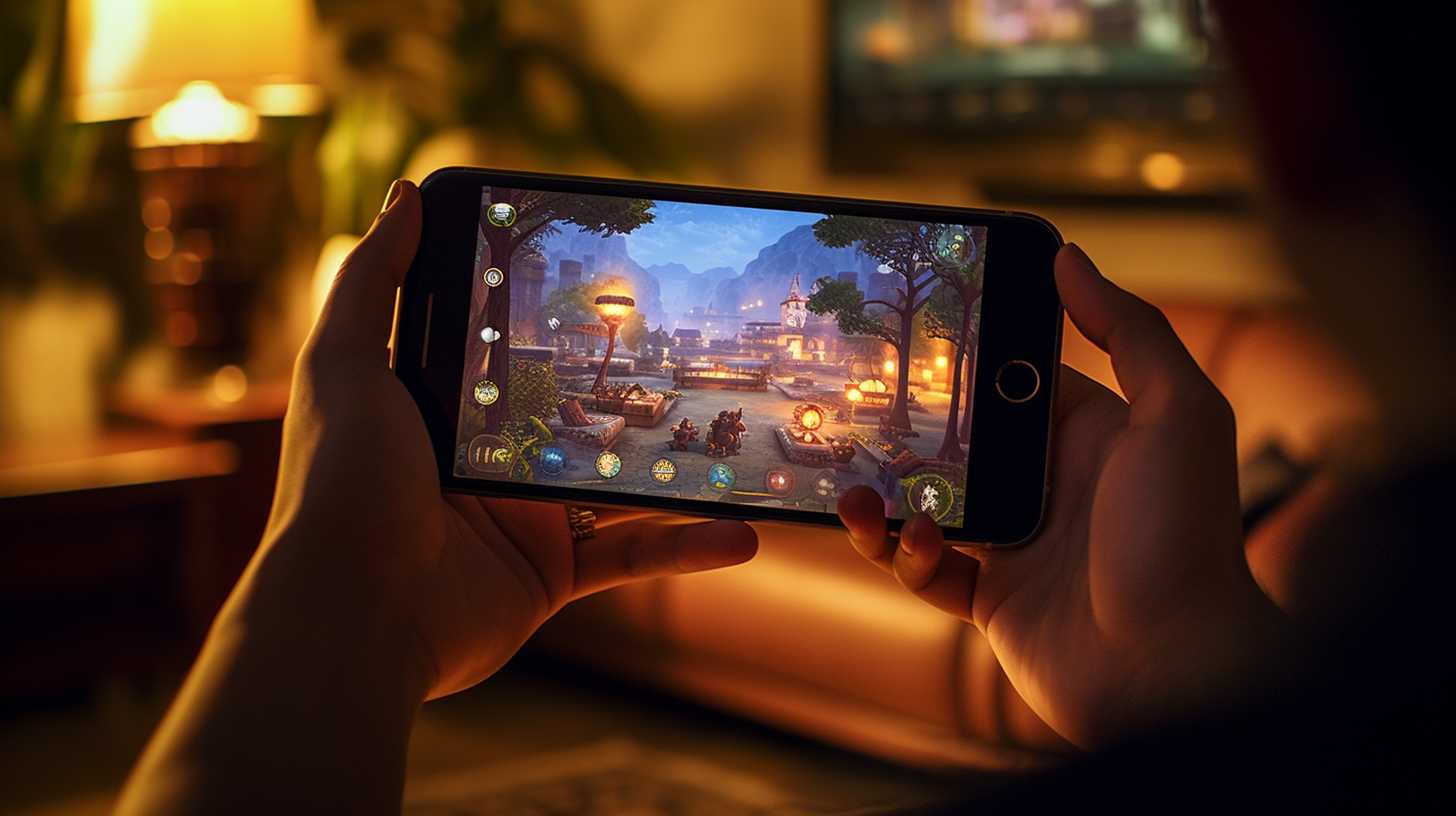
Playing Android games on your PC can provide an enjoyable and immersive experience. BlueStacks, one of the most popular Android emulators, allows you to bring your favorite Android games to your PC with ease.
In this informative guide, we will cover how to install and set up BlueStacks, how to use the software, and how to set up controllers for a smooth gaming experience.
Table Of Contents
Installation and Setup of BlueStacks
- Download BlueStacks. First, visit the BlueStacks official website at www.bluestacks.com and download the installation file for your operating system.
- Install BlueStacks. Run the downloaded installation file and follow the on-screen instructions to complete the installation process.
- Sign in to your Google Account. After installation, open BlueStacks and sign in with your Google Account. If you don’t have one, you can create one during the sign-in process.
- Configure BlueStacks settings. Customize settings such as language, preferences and device emulation options according to your preferences.
How to Use BlueStacks
- Install games using Google Play Store. Open the Google Play Store app within BlueStacks. Search for the games you want to play, and then click on the “Install” button.
- Launch and play games. Once the game is installed, you’ll find its icon in the BlueStacks home screen or the “My Apps” section. Click on the icon to start playing.
- Access the Game Controls Menu. While playing a game, you can access the game controls menu by clicking the keyboard icon at the bottom of the screen. This menu allows you to customize your controls for an optimal gaming experience.
Setting Up Controllers
- Connect your controller. Connect a compatible controller (such as an Xbox or PlayStation controller) to your PC using a USB cable or a wireless dongle.
- Enable controller support in BlueStacks. Open BlueStacks settings by clicking on the gear icon. Go to “Preferences” and enable the “Enable gamepad detection” option.
- Customize controller mappings. In the Game Controls menu, click on the “Gamepad” tab and customize your button mappings for the controller.
- Save your controller settings. After setting the button mappings, click “Save” and return to your game. Your controller should now work seamlessly with your Android games in BlueStacks.
By following this guide, you can enjoy your favorite Android games on your PC using BlueStacks, with the added benefits of a larger screen, better controls, and enhanced performance. Plug in your controller and dive into the world of Android gaming on your PC!
Using Bluestacks For Android Emulation FAQ
How do I fix lag or performance issues in BlueStacks?
A: To improve performance and reduce lag in BlueStacks, try the following:
- Ensure your PC meets or exceeds the minimum system requirements for BlueStacks.
- Update your graphics card drivers to the latest version.
- Adjust BlueStacks settings: allocate more CPU cores, increase RAM, and choose a lower DPI. Remember that increasing RAM and CPU usage may impact other programs running on your PC.
- Enable virtualization technology (VT) in your computer’s BIOS settings.
- Close unnecessary programs, background processes, and browser tabs while gaming.
How can I change the default storage location for BlueStacks?
A: To change the default storage location in BlueStacks, follow these steps:
- Open BlueStacks settings and go to the “Preferences” tab.
- Scroll down to the “Download” section, where you’ll find a default path option.
- Click the folder icon and choose your preferred location to store app data and downloaded games.
Note that after changing the storage location, your previously installed games will still be in the old location. You may have to reinstall them to move those games to the new location.
Is it possible to change the Android version emulation in BlueStacks?
A: BlueStacks primarily offers support for Android Nougat (7.x). However, BlueStacks also provides different optimized engines for specific game requirements or user preferences. To switch to a different version, proceed as follows:
- Open BlueStacks settings and click on the “Engine” tab.
- Find the “Android Version” section, and use the drop-down menu to choose an alternative version.
- Restart BlueStacks for the changes to take effect.
It is important to note that the availability of other Android versions may be limited based on your BlueStacks version and system compatibility.
How can I switch between landscape and portrait mode in BlueStacks?
A: To switch between landscape and portrait mode, follow these steps:
- While running an app, click on the rotation icon (a circular arrow) in the bottom right toolbar or press “Ctrl+Shift+4”.
- If the icon isn’t available, you can alternatively enable “Force current app orientation” in BlueStacks settings under the “Preferences” tab. Choose your desired orientation (landscape or portrait) and restart the app.
Please note that forcing the orientation might cause display or functionality issues in certain games.
How do I enable high graphics mode in BlueStacks?
A: To enable high graphics mode in BlueStacks, follow these steps:
- Open BlueStacks settings and click on the “Engine” tab.
- Scroll down to the “Performance” section and select “High” in the drop-down menu.
- Check the “Enable high frame rates” option if available.
- Restart BlueStacks for the changes to take effect.
Keep in mind that enabling high graphics mode will consume more system resources and may cause performance issues on lower-end PCs.
























